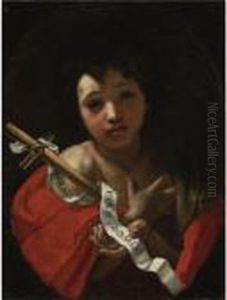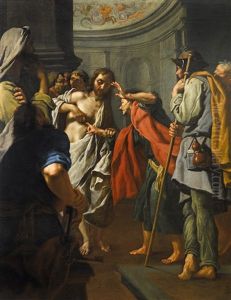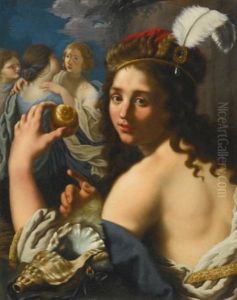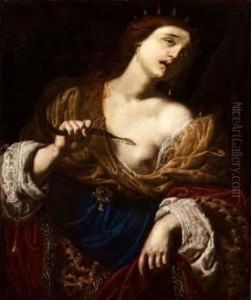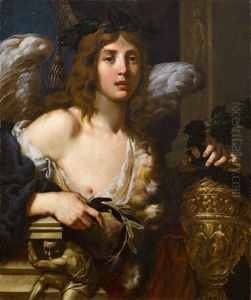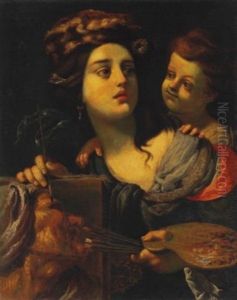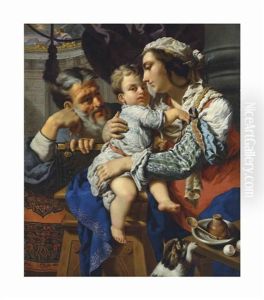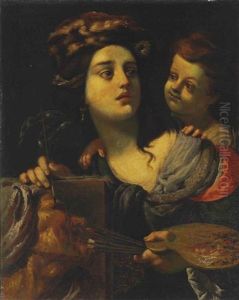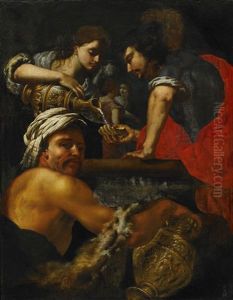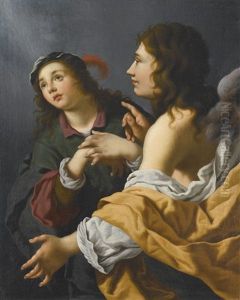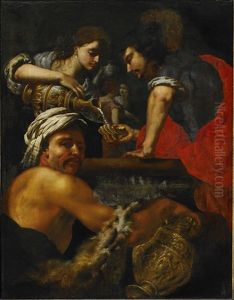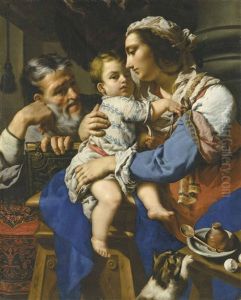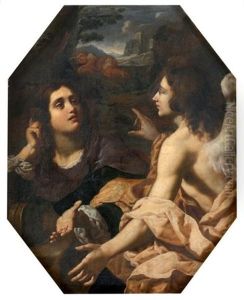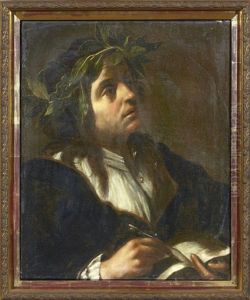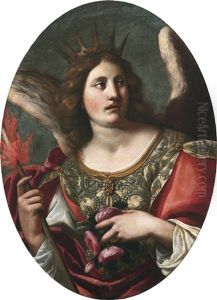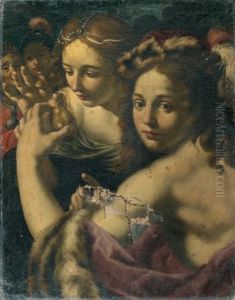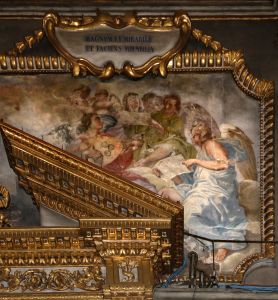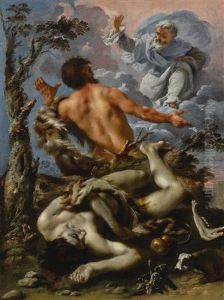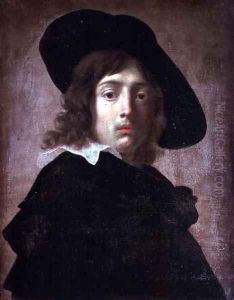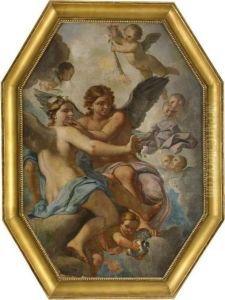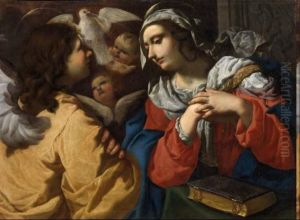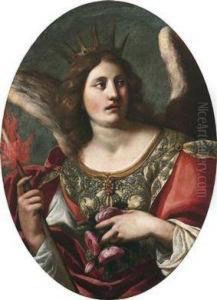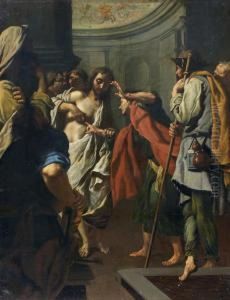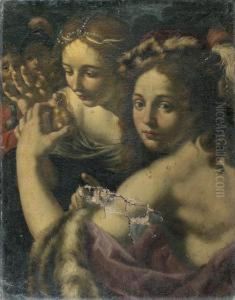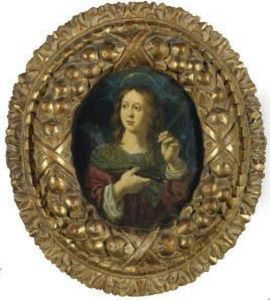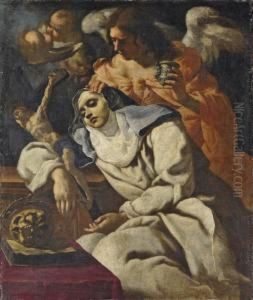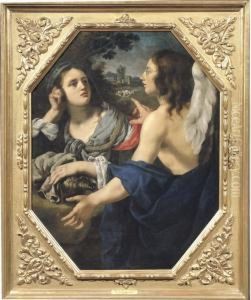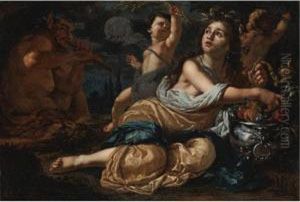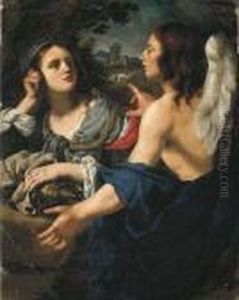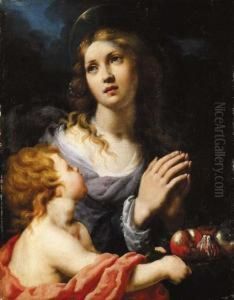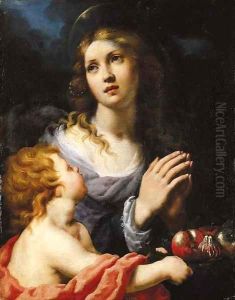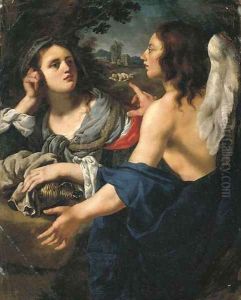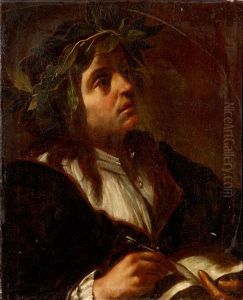Alessandro Rosi Paintings
Alessandro Rosi was an Italian painter, born in 1627 in Florence, Italy, and known for his contributions to the Baroque period of art. His works encompassed both religious and secular themes, showcasing his versatility across different genres including history painting, portraiture, and still lifes.
Rosi received his initial training in Florence, a city that was a vibrant center for the arts during the 17th century. He was deeply influenced by the Florentine school, especially by the works of artists such as Jacopo da Empoli and Matteo Rosselli. His early exposure to the rich artistic environment of Florence deeply informed his stylistic development, blending the dynamism of Baroque art with the clarity and attention to detail that characterized earlier Renaissance works.
Throughout his career, Alessandro Rosi became well-regarded for his ability to infuse his paintings with emotional depth and a sense of realism, traits that made his works particularly compelling. He was skilled in the use of light and shadow, a technique that added a dramatic effect to his compositions. Rosi's religious paintings, in particular, were noted for their spiritual intensity and were highly sought after by churches and private collectors alike.
Besides his paintings, Rosi was also accomplished in creating frescoes, which adorned many churches and palaces in Florence and its surroundings. His works contributed significantly to the decorations of the Baroque interior designs that were popular during his time.
Despite his contributions to the art world, Alessandro Rosi is not as widely remembered as some of his contemporaries. However, his paintings and frescoes remain testaments to the artistic fervor of the Baroque period in Italy. He continued to work and influence the art scene in Florence until his death in 1697. Today, Rosi's works can be found in various museums and collections, where they continue to be studied and appreciated for their beauty and historical significance.
